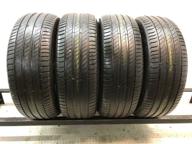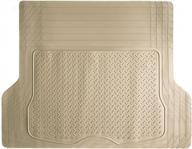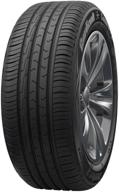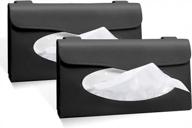
Review on Viatti Brina V-521 215/60 R16 95T winter by Micha Bukowski (Pax) ᠌

There are deviations, generally tolerable.
I paid attention to this rubber after a bunch of laudatory reviews on the Internet, they say "it's cheap, and the quality of the rubber itself is almost premium." Almost bought it, luckily. And that's why. Last year, before buying winter tires, the eyes often fell on the parked carts of the townspeople: if the tires are bad, then you won’t see them on many cars, and vice versa. I see that the carsharing semi-sedan is shod just in viatti. Here is the opportunity to check the rubber in practice! The semi-sedan was unshaken, almost new - 12k mileage in total. At that time, the coating - in some places ice, snow, slightly flooded with reagents. Braking is simply inadequate - the ABS chirps even when other tires cope with their task without problems (I start from the experience of driving Gislaved, Nokian and Yokohama). In a rut, he was sweating from the underarm to the navel - you have to hold the steering wheel firmly with both hands, otherwise the car just throws from side to side. On clean asphalt, the braking distance, as it seemed to me, is much longer. My conclusion: from Japanese rubber and European semi-premium brands it lags behind in quality very much, but in price it is only 300-400 per unit. I really don't see the point in buying these tires. Bought a Gislaved for my car this time. I think that I was not mistaken, and all the praised reviews about Viatti are either the bravado of those who did not have the experience of driving on other better tires, or a way of advertising. I do not claim to be the ultimate truth. This is my personal opinion. At the time of my "test" the temperature was -3 degrees.
- In terms of noise level, I start from Gislaved and Yokohama Velcro. Viatti makes a little more noise.
- I did not find any advantages over competitors, except for relative noiselessness.
New products
Comments (0)
Top products in 👣 Floor Mats & Cargo Liners

MICHELIN Primacy 4 225/60 R17 99V summer

32 Review

🚗 Premium BDK Gray Carpet Car Floor Mats with Anti-Slip Features and Heel Pad - Stylish Two-Tone Faux Leather Mats for Cars, Trucks, Vans, and SUVs

31 Review

Heavy Duty Rubber Cargo Liner Floor Mat For All Seasons - COPAP Weathershield Trim-To-Fit With Beige Finish

19 Review

Cordiant Comfort 2 185/65 R15 92H summer

25 Review
Another interesting products

2Buyshop 2 Pack Car Tissue Holder - PU Leather Napkin Box For Sun Visor & Backseat - Black

28 Review

Simplify Your Car Organization With Sposuit'S Collapsible Trunk Organizer - 11 Pockets & Reinforced Handles For Easy Grocery And Cargo Storage! (Grey)

27 Review

3-Compartment Cargo Trunk Storage Organizer By EPAuto: Maximize Your Car'S Storage Space

28 Review

Transponder "T-Pass" TRP-4010 AVTODOR TOLL ROADS, black

46 Review

